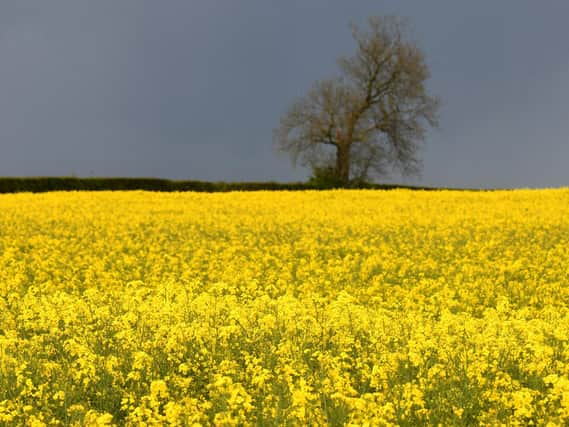Yorkshire Wolds set to become Areas of Outstanding Natural Beauty under new government proposals


Under the plans, the area, which stretches from Humber Estuary west of Hull, to the North Sea coast at Flamborough Head, would be afforded greater protection from development.
The Wolds are a predominantly agricultural landscape and are well known for their rolling hills, as well as their dramatic cliff-edges as they stretch further out to sea.
Advertisement
Hide AdAdvertisement
Hide AdThe Howardian Hills and Nidderdale, both in North Yorkshire, are the region’s current AONBs.
The Wolds and the Cheshire Sandstone Ridge will be considered for the enhanced status, put forward by Government body Natural England, while the existing Surrey Hills and Chilterns AONBs could be extended under the proposals.
The Government said the four areas being considered have the potential to deliver more than 40 per cent of the additional 4,000 square kilometres needed to meet the UK’s commitment to protect 30 per cent of its land by 2030.
Coun Jonathan Owen, leader of East Riding of Yorkshire Council, said: “Representing a large part of the East Riding encompassing the Yorkshire Wolds I am proud to support the area being considered for such an outstanding designation. We are blessed with a range of fabulous natural assets from the Wolds to the coast which attracts millions of visitors each year and it is fantastic to see the area, with its outstanding aesthetic beauty, considered for such a significant status.”
Advertisement
Hide AdAdvertisement
Hide AdBut conservationists warn much of the existing protected areas are national parks and AONBs which do not necessarily deliver for nature, with many of them suffering from overgrazing, poor management or intensive agriculture.
They are calling for urgent action and more resources to improve the natural world.
Dr Richard Benwell, chief executive of the coalition of conservation groups Wildlife and Countryside Link, said: “The creation of new AONBs is excellent, but it must be accompanied by stronger duties and resources for environmental improvement to bring the landscapes to life with nature.”